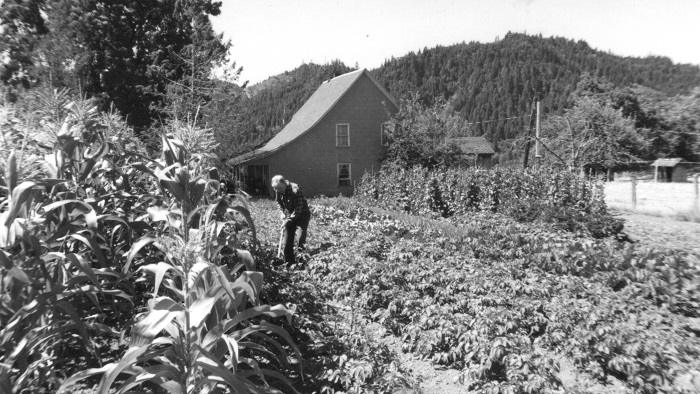Destructive extreme weather events such as Superstorm Sandy and the recent flooding in Colorado are going to become more common in the years ahead. That’s the assessment from experts in the insurance industry who have been looking at recent weather patterns.
“I personally wouldn’t invest in beachfront property anymore,” Robert Muir-Wood, the chief scientist at Risk Management Solutions, told Salon. Risk Management Solutions develops software for the insurance industry that is designed to predict catastrophic events. Past history, he said, no longer is helpful to predict future events when it comes to catastrophes.
The latest data shows that water temperatures in the oceans are going up which is causing sea levels to rise, Muir-Wood said. He thinks this will lead to more hurricanes and flooding of coastal areas – and problems in the heartland, too.
Number of weather catastrophes dramatically increasing
Robert Muir-Wood is not alone. The consensus in the risk management business is that the number of catastrophic weather events is increasing. A report from the Geneva Association, an insurance industry group, found that the number of foods, storms and heat waves has more than doubled since 1980.
There were around 300 weather catastrophes worldwide in 1980 but more than 800 in 2012, the Geneva Association noted. Monetary losses created by such catastrophes were less than $50 billion in 1980 but they exceeded $150 billion in 2011 and 2012.
Some risk analysts are actually afraid that insurance companies might not have enough money to cover claims in the near future. This could lead to higher insurance premiums for many households and businesses.
New Relocation Manual Helps Average Americans Get Out Of Harms Way Before The Coming Crisis
Some of the catastrophes that could become more common include:
- Extreme rain fall leading to catastrophic flooding like that seen in Colorado in mid-September.
- Droughts and heat waves leading to massive destructive wildfires.
- Destructive storms such as hurricanes.
- An increased number of wind storms and tornadoes.
- Mudslides.
- Prolonged failures of the electric grid.
“We’ve since seen that that today’s activity has changed in other particular areas with extreme rainfall events, such as the recent flooding in Boulder, Colorado, and with heath waves in certain parts of the world,” Robert Muir-Wood said.
Risk analysts report verifies the need for preparation
The risk analysts’ findings show that the likelihood of getting caught in some sort of weather related catastrophe is increasing. Americans need to take notice of this and start taking precautions now.
Some steps you may need to take include:
- Having evacuation plan for you and your family so you can get out fast.
- Having emergency supplies of food, clothing, first-aid materials, tools, fuel, ammunition, wood, etc., so you can survive without electricity and a grocery store for several days or weeks.
- Making sure that you have an emergency supply of water or a means of water purification available.
- Having a means of producing your own electricity because the grid will fail.
- Taking other precautions such as building a tornado shelter if you live in a flat area.
- Having a supply of trade goods you can use for barter in a prolonged emergency.
Heed the warnings when you buy or rent property
These reports also show us the importance of location when you buy or rent a home or a cabin.
You should also take a look at the roads in your area. If there’s only one road into your community and it passes over a bridge that can be easily washed out, you should seriously consider moving. Many families in Colorado found themselves trapped by the recent flooding and had to be rescued by military helicopters.












